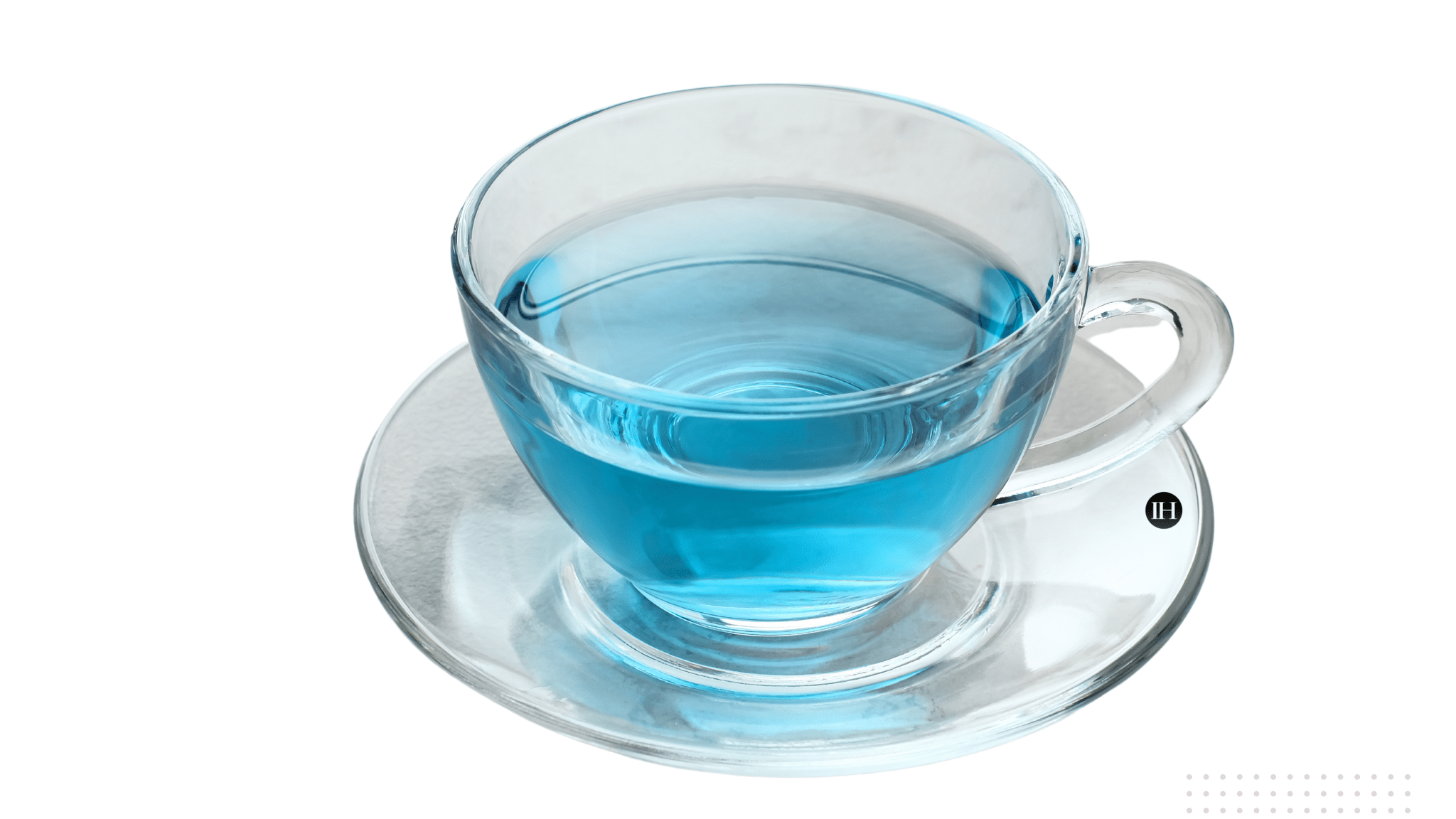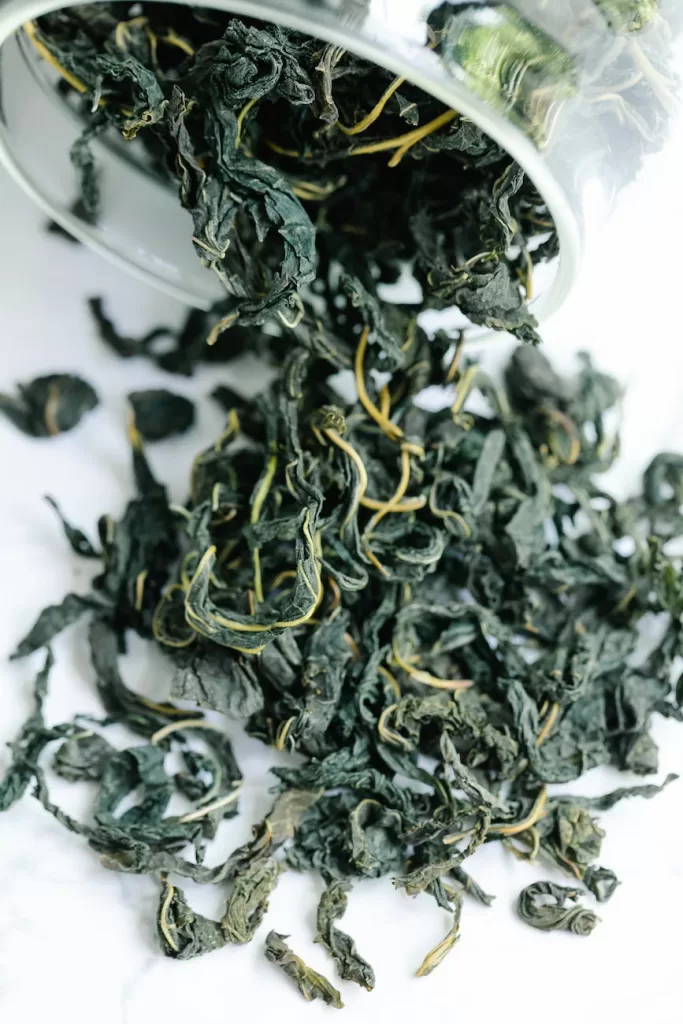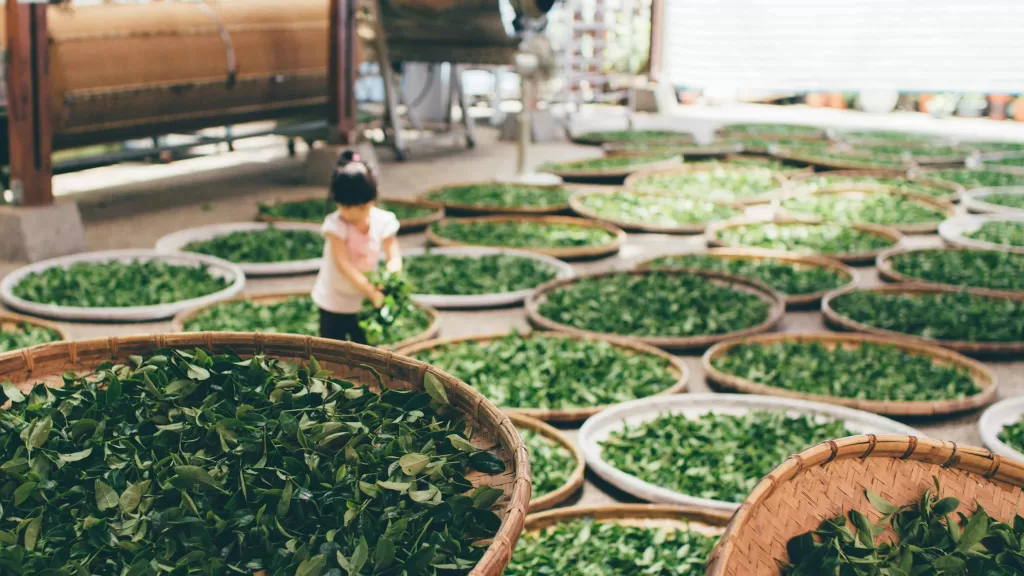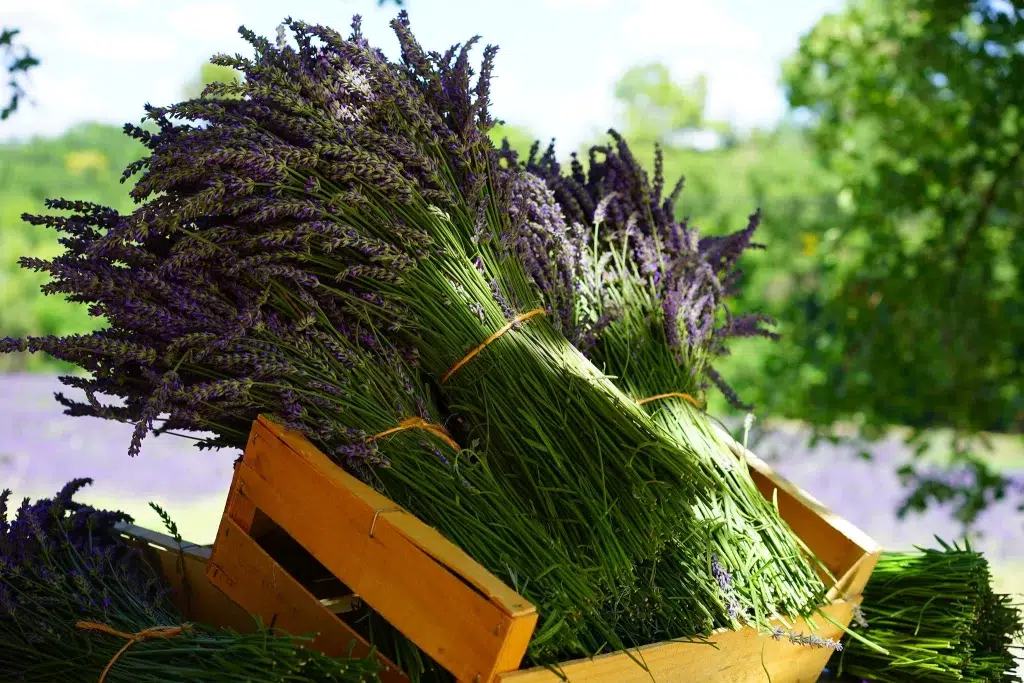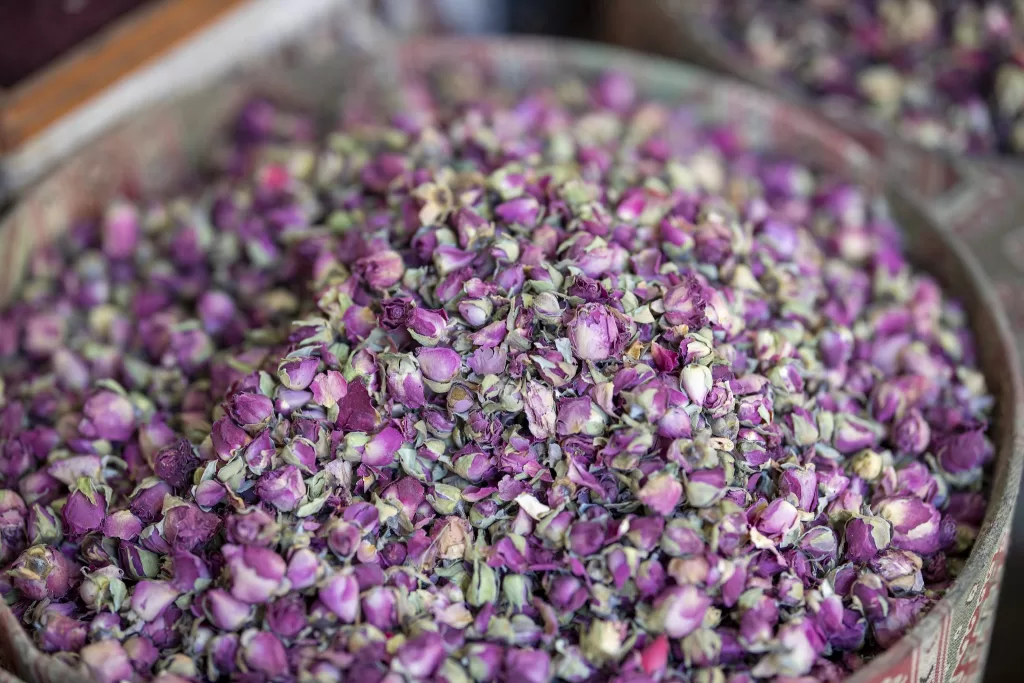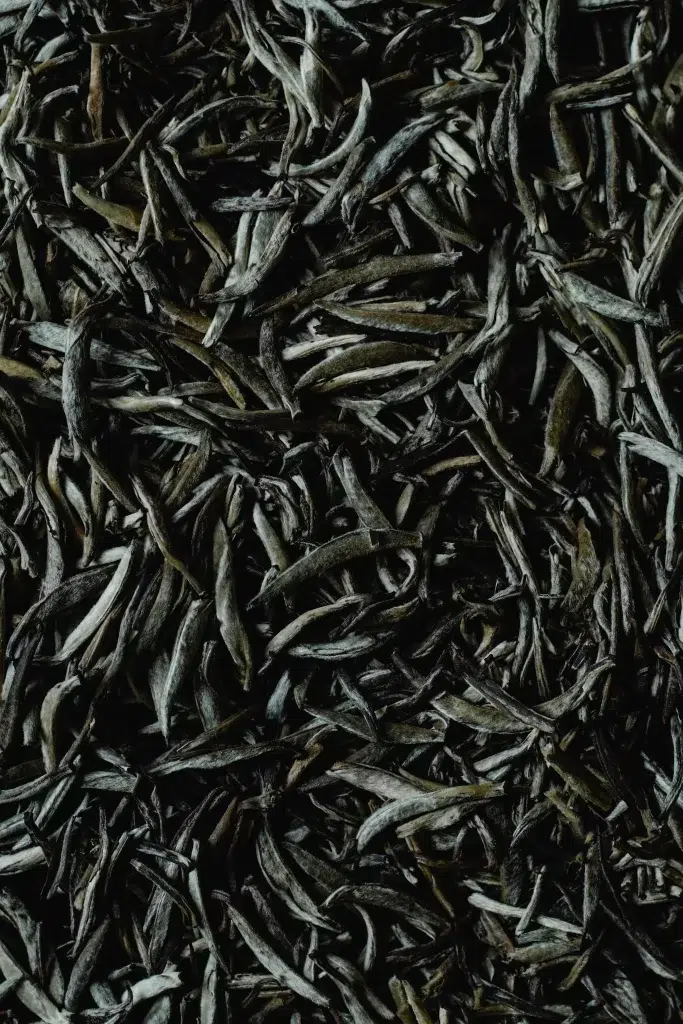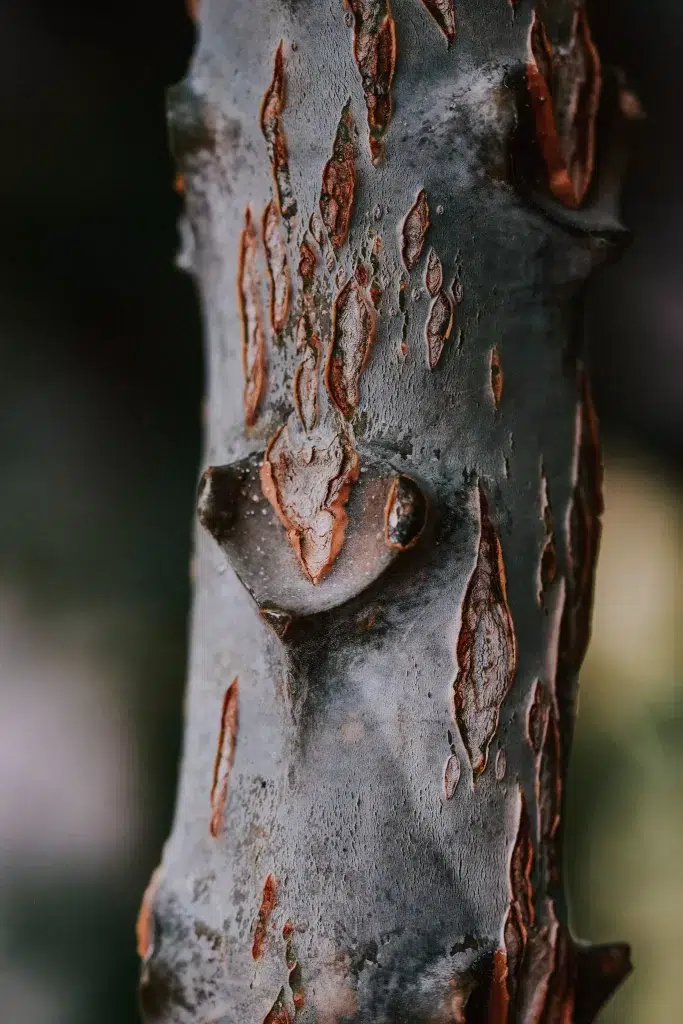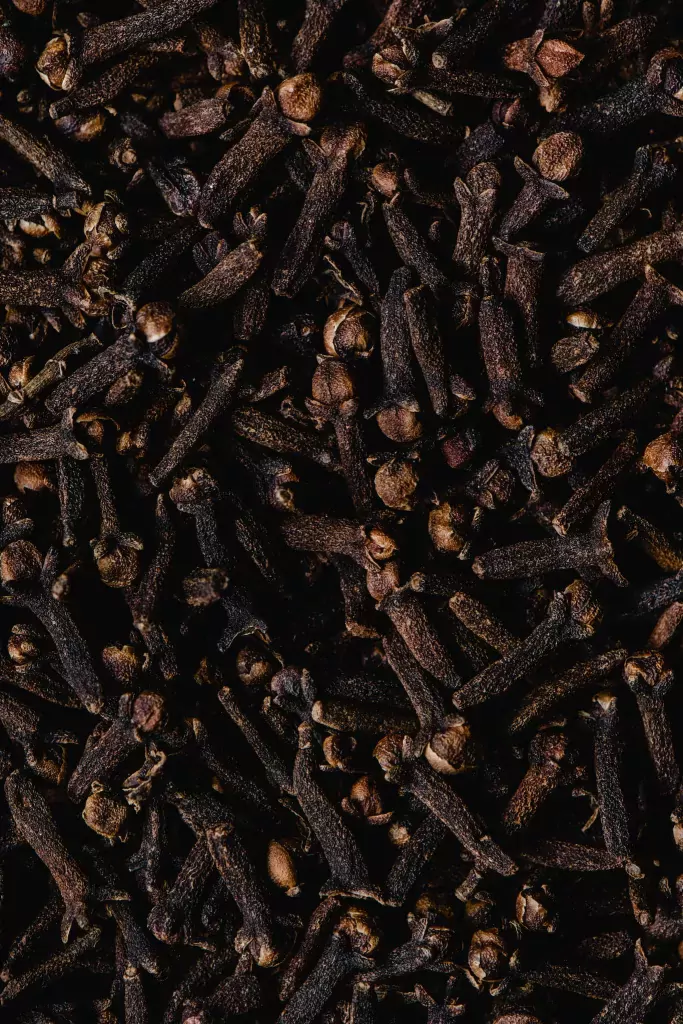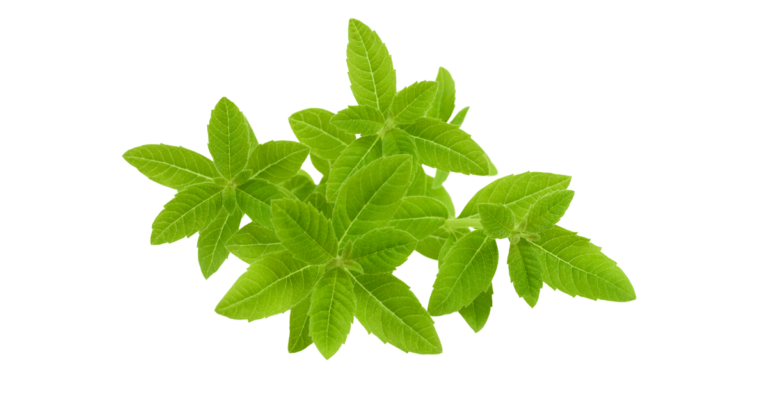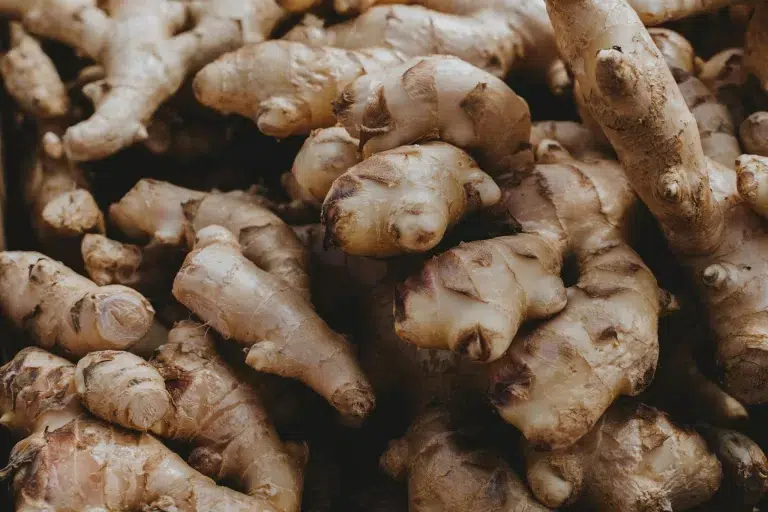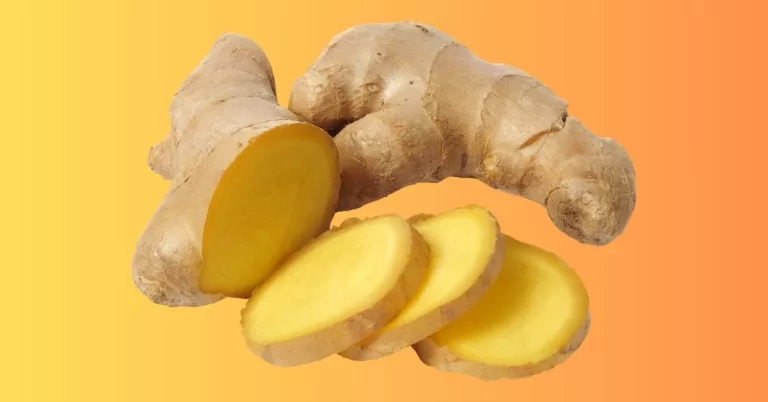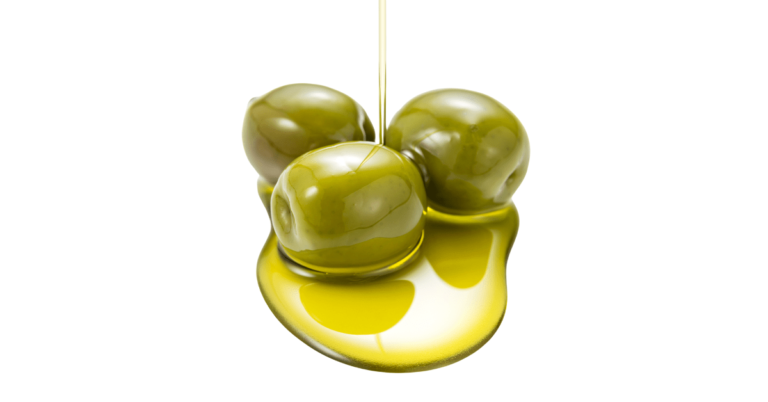Do Herbal Teas Have Good Therapeutic Value & Why?
Herbal teas have various therapeutic benefits, including promoting general vitality, hydration, relaxation, sleep, cleansing, detoxification, and weight management.
Plant organs are rich in polyphenolic compounds, which is why herbal teas have therapeutic properties.
Polyphenolic compounds are bioactive compounds in plants that contain anti-oxidative and anti-inflammatory properties.
Subsequently, this makes the world of herbal tea complex and vast as it involves various types of teas made from different parts of plants.
Key Points In This Article
This article examines in an overview Tisane, commonly known as herbal teas, three therapeutic teas that are rich in antioxidants and highlight their benefits.
Including reference to any relevant case studies related to specific tea types.
Herbal Teas: Tisane
Herbal tea, also known as tisane, is made from temperature-treated water and plant parts such as flowers, stems, leaves, roots, buds, or hips in hot water. It is commonly used for medicinal purposes—tisane is a “medicinal drink.”
The process of making tea involves combining water, which may be heated to a specific temperature, with one or more plant ingredients.
Herbal teas can provide a therapeutic effect, either physically or mentally.
Depending on the geographical location and type of tea, therapeutic tea is also known as an infusion, decoction, or tonic.
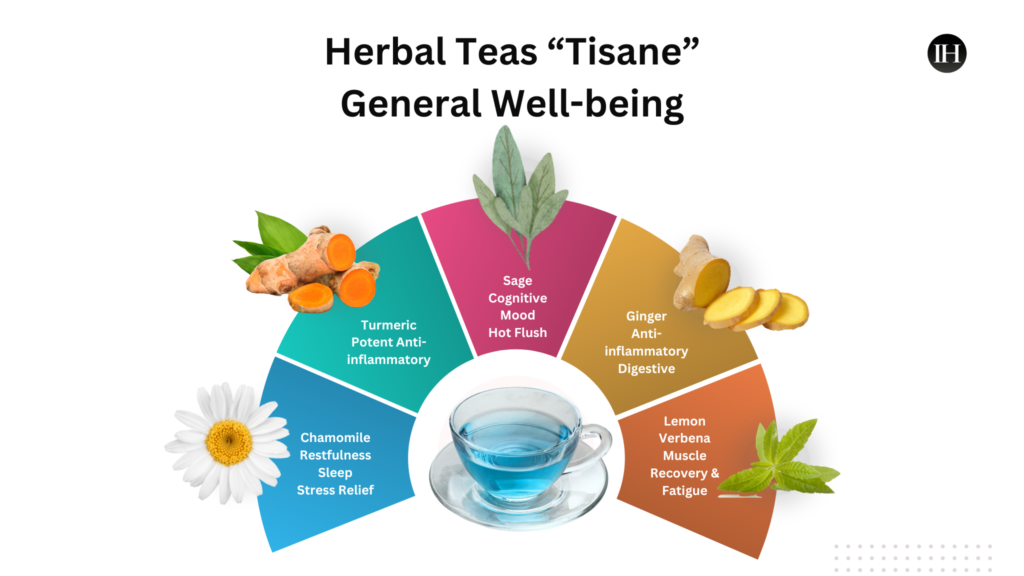
Bioactive Compounds
The phenolic compounds in herbal beverages include coumarins, flavonoids, tannins, lignans and several others.
Plants contain several well-known and scientifically recognised bioactive components that can benefit human health. Traditional sciences and modern institutes acknowledge this fact; however, different plants have different properties.
As discussed in the study by Chandrasekara and Shahidi (2018), herbal beverages contain various compounds, including the following:
- Phenolic compounds, phenolic acids
- Flavonoids
- Lignans and lignins
- Alkaloids
- Tannins
- Coumarins
- Terpenes
- Carotenoids
- Polyacetylenes
Traditional Use Of Herbal Teas
Therapeutic teas have been used for centuries in India, China, and other regions to relieve ailments and maintain a balanced diet.
For instance, in Indian Ayurvedic sciences, herbal teas are essential to healing, and several dietary prescriptions can include herbal teas combined with particular foods.
For instance, Dandelion leaf tea (Taraxacum officinale) is associated with therapeutic actions on liver enzymes and a liver-friendly diet in Ayurveda. Liver enzymes are proteins that facilitate chemical reactions in the liver, helping to break down toxins and other substances in the body
In addition to traditional sciences, therapeutic teas in modern-day context remain relevant today as a type of plant tonic.
The term “tonic” is implied because of plant teas’ bioactive compounds and their ability to influence human well-being.
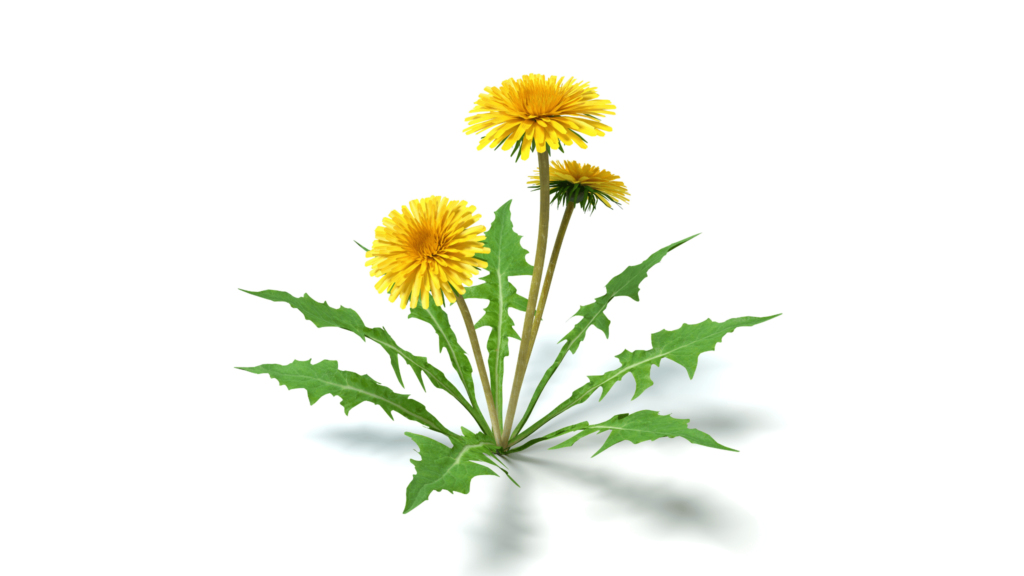
Study: “LifeSpan Nutrients“
According to a study by Chandrasekara and Shahidi (2018), herbal beverages are referred to as “lifespan nutrients” due to their potential to reduce the risk of non-communicable diseases.
Non-communicable diseases, such as heart disease, cancer, diabetes, and chronic respiratory diseases, are not caused by infectious agents. They develop slowly over time and are influenced by genetic, environmental, and lifestyle factors.
The study also suggests that “these beverages contain various natural compounds, such as carotenoids, phenolic acids, flavonoids, coumarins, alkaloids, polyacetylenes, saponins, and terpenoids.”
Due to the presence of bioactive compounds, plant teas have diverse biological effects such as antioxidant, antibacterial, antiviral, anti-inflammatory, antiallergic, antithrombotic, and vasodilatory actions.
Additionally, natural bioactive compounds in herbal teas exhibit other beneficial properties, such as anti-carcinogenic, anti-ageing, and rich anti-oxidative properties.
Here is the link to the full study: Chandrasekara, A., & Shahidi, F. (2018). Herbal beverages: Bioactive compounds and their role in disease risk reduction – A review. Journal of Traditional and Complementary Medicine, 8(4), 451-458. https://doi.org/10.1016/j.jtcme.2017.08.006
Examples of Known Herbal Teas
Some well-known herbal teas include chamomile, peppermint, ginger, and echinacea. Each plant has a combination of particular compounds that, as a whole, influence a food matrix effect different from isolated compounds.
For example, the synergy between flavonoids such as apigenin and luteolin has enhanced terpenoids such as chamazulene anti-inflammatory and antioxidant effects in chamomile.
- Chamomile tea is recognised for its calming properties and is helpful in sleep and anxiety.
- Peppermint tea is a natural digestive aid that can help soothe an upset stomach.
- Ginger tea is also great for digestion and can help to reduce inflammation.
- Echinacea tea is often used to boost the immune system and fight off colds and flu.
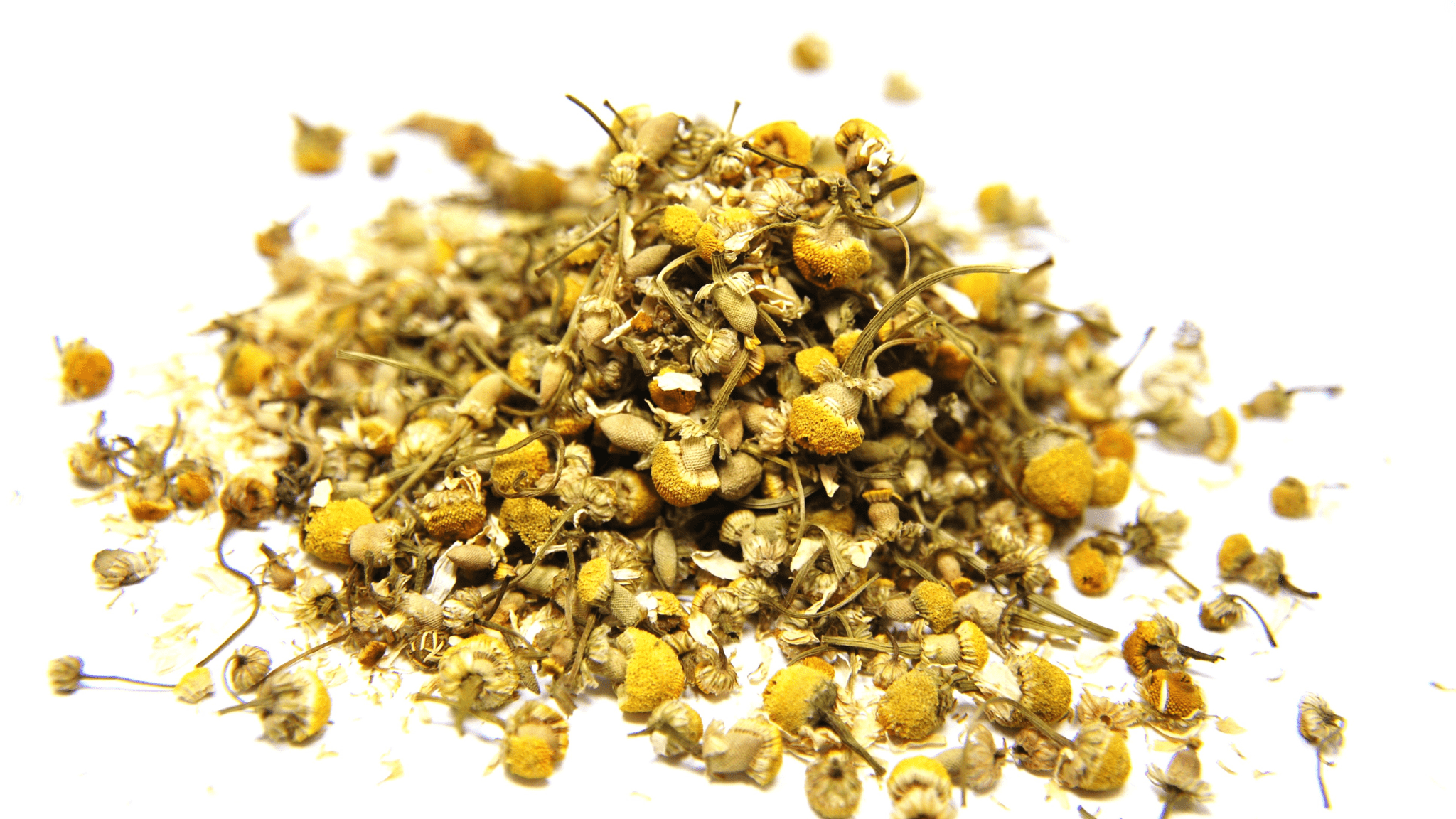
Plant Parts Used In Herbal Teas
Plants used for medicinal purposes have three important aspects to consider: their origin and source, the specific part of the plant used, and how it is processed and consumed.
How a plant organ is processed can significantly affect its therapeutic properties, so Ayurvedic sciences consider it an important factor in the plant’s effectiveness.
Here are some of the plant parts used in herbal teas
- Root, stem, flower, leaf
- Bark, resin, gum, sap
Depending on the specific part of a plant used, its therapeutic benefits may vary.
Processing methods and techniques can enhance or reduce the plant’s medicinal properties, and several other factors may influence a tea’s effectiveness.
For example, using raw, fresh root, leaf, stem or flower versus using dried root, leaf, stem, flower or dried root powder will produce different effects. Also, steeping rather than maceration will provide variable constituents.
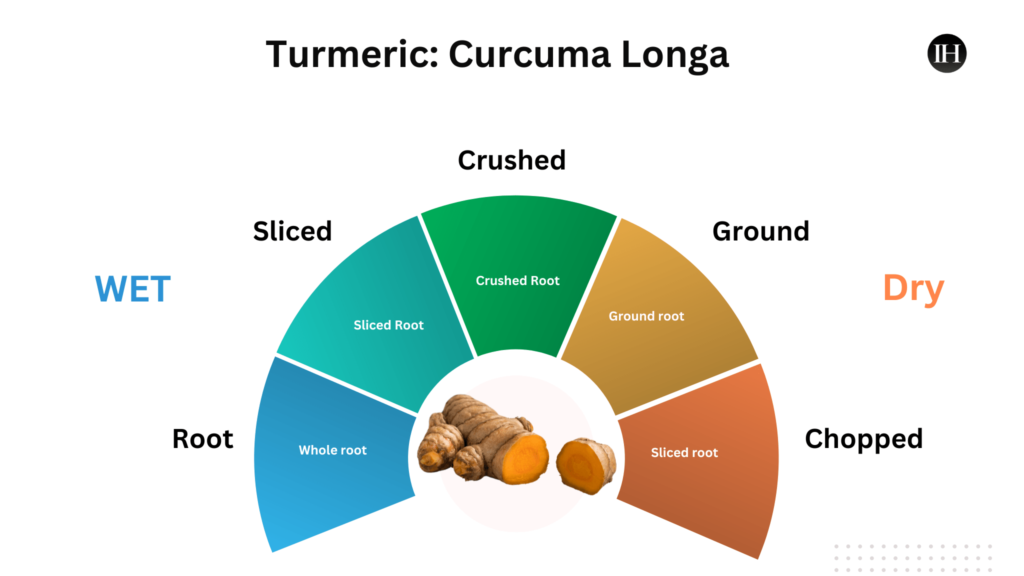
An Example of Turmeric Herbal Tea
Here is an example: Turmeric root is used for several phytochemical properties, such as the potent anti-oxidant curcumin. Turmeric is used in several ways, such as fresh root, sliced, wet crushed and dry ground, then added to water to make a therapeutic tea.
On the other hand, dried turmeric root can be used in powder or whole form, which is ground manually before making herbal tea.
One ingredient is (A) wet and the other (B) dry; each has different variables, and in some cases, compounds may differ as the molecular structure changes.
| Wet Bioactive Contains water content | Dry Bioactive Dehydrated or Dried |
This matters because it affects the therapeutic effects of the tea when consumed.
For instance, the outcome of strength determining its effects, retention of particular compounds, bioavailability of compounds etc.
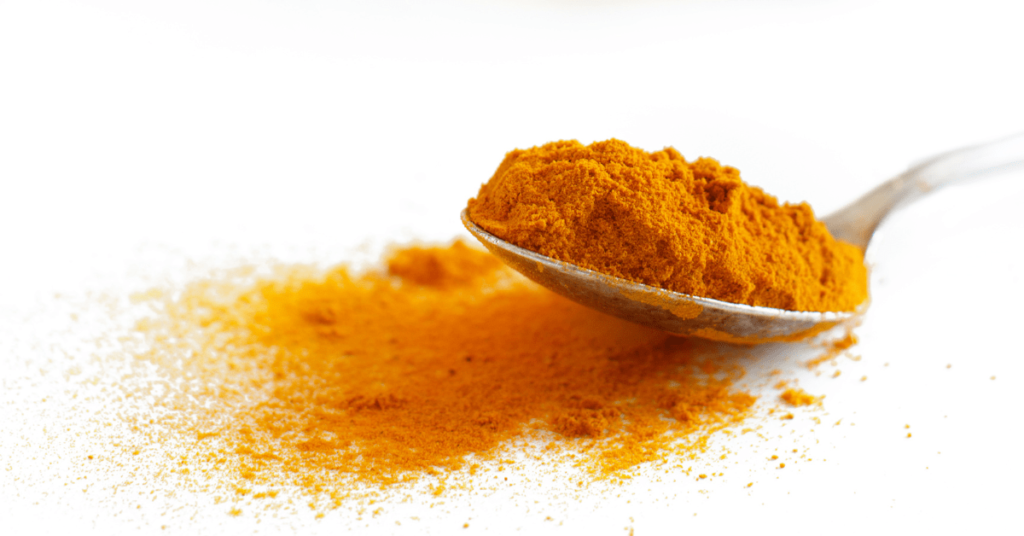
Domestic Processing Methods of Therapeutic Tea
Consequently, as seen in the former section, the plant part and processing method affect its basic biochemical structure variably; in the same way, the method of making therapeutic tea is the secondary process that further influences the properties of the tea.
Here are some known methods of preparing tea:
Steeping
The most common method of preparing herbal teas is through steeping. This involves soaking the plant part in water, hot or cold, to create an infusion.
The length of steeping time varies depending on the plant being used, some requiring more time than others due to their hardiness. Generally, the process takes between 1-10 minutes.
Boiling
Certain ingredients require boiling in water to activate their properties. Tea is generally not boiled, yet some plant-based teas may require boiling, straining and then consuming in Ayurveda.
For instance, the bark of Terminalia Arjuna, also known as Arjun Chaal, is boiled in water and drunk warm. In Ayurveda, this tea is an essential herbal decoction for its cardio properties.
Maceration
Herbal tea made by maceration is a type of tea that is prepared by soaking herbs or plant material in hot water for an extended period of time, typically several hours or overnight.
This allows the water to extract the beneficial compounds from the herbs and create a flavourful and aromatic infusion.
The resulting tea is often more concentrated and potent than traditional steeped tea and can be a great way to enjoy the health benefits of various herbs and plants. Some common herbs used in macerated herbal teas include chamomile, lavender, mint, and lemon balm.
Decoction
Decoction is a method of brewing tea that involves simmering the tea leaves or herbs in water for a prolonged period of time.
To make a decoction, you’ll need to bring water to a boil and then add the tea leaves or herbs. Reduce the heat and let the tea simmer for at least 20 minutes, occasionally stirring the mixture.
The prolonged simmering helps extract the tea’s full flavour and benefits. In Ayurveda, this is known as ‘Kwath’ or ‘Kadha,’ and it usually administers a medicinal dose rather than a therapeutic one.
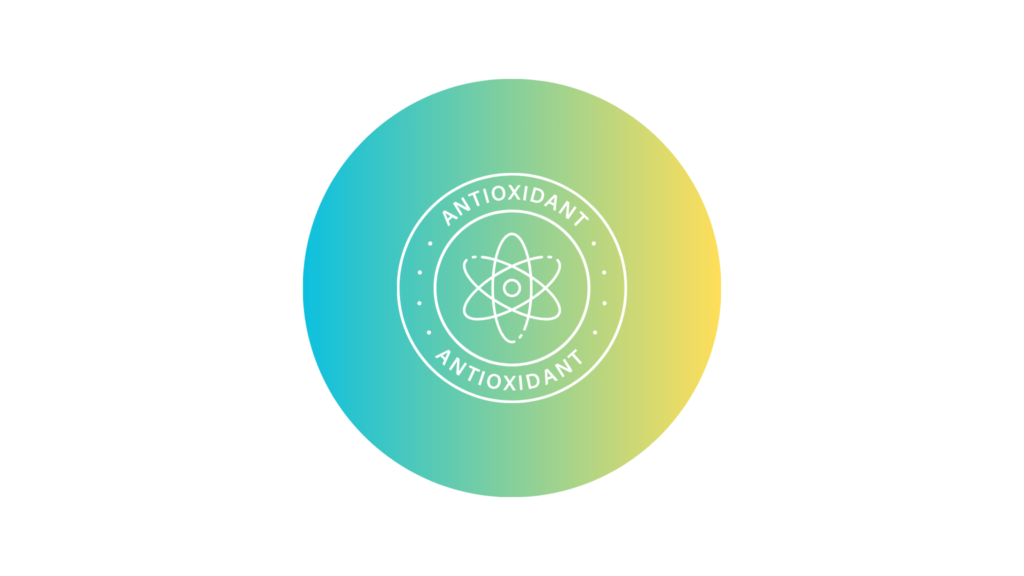
Helpful Against Oxidative Stress
One of the key benefits of herbal tea is the rich natural antioxidant activity in plant parts.
According to (Chandrasekara & Shahidi, 2018), antioxidants inhibit or delay the oxidation of other molecules in food and biological systems. They protect against oxidative stress through different mechanisms that work independently of their antioxidant effect.
These mechanisms may work cooperatively via several modes of action, including free radical scavenging, singlet oxygen quenching, inactivation of peroxides and other ROS, metal ion chelation, quenching of secondary oxidation products, and inhibition of pro-oxidative enzymes, among others.
Broader Insights On Synthetic Antioxidants
Researchers also state synthetic antioxidants such as butylated hydroxyanisole (BHA), butylated hydroxytoluene (BHT), propyl gallate (PG), and tert-butylhydroquinone (TBHQ) are used by the food industry. However, concerns regarding their potential carcinogenic effects at high concentrations in animal models have limited their use in food applications.
This important point provides broader insights into the potential differences between natural and synthetic antioxidants.
Caffeine Free Hydration
In addition to their medicinal properties, herbal teas can add to overall hydration.
Although herbal teas are not a substitute for pure plain water, they certainly add to dietary liquid intake.
Furthermore, unlike sugary drinks and caffeinated beverages, herbal teas are a natural and healthy way to quench your thirst and support overall wellness. This applies to caffeine-free herbal preparations besides green and black tea, which contain caffeine.
Micronutrients In Herbal Teas
It is worth noting that certain plants and their parts used in therapeutic teas contain both nutritional and phytochemical properties. The specific plant and its parts will determine the extent of these properties. Tea can also serve as a source of micronutrients, contributing to its overall health benefits for humans.
These elements may only be in trace amounts when taken as tea as opposed to eating part plants.
For instance, according to the United States Department of Agriculture, 100 grams of Chamomile tea made by steeping contains micronutrients such as 12 ug beta carotene, vitamin A 20 IU, potassium 9mg and other trace amounts of micronutrients.
Micronutrients enhance the quality of a diet and are as important as macronutrients as part of a whole matrix effect.
Therapeutic Actions of Three Plant-Herbs
Here are a few case studies to provide a more specific insight into herbal teas. The studies examine the therapeutic effects of specific plant teas and their therapeutic efficacy.
In particular, the references predominantly mention teas that do not contain “caffeine.”
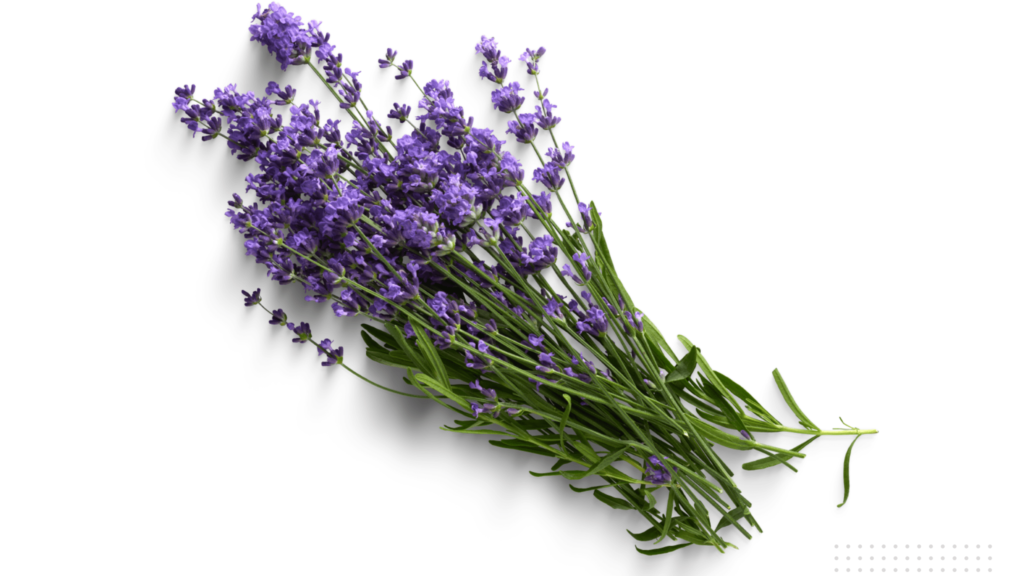
1. Anxiety & Mood: Lavender
Bazrafshan et al. (2020) conducted a randomised clinical trial to investigate the effect of lavender herbal tea on the anxiety and depression of individuals over 70+. The study found that lavender herbal tea had a significant effect in reducing anxiety and depression.
Individuals were prescribed 2 grams of lavender tea twice daily as a decoction for two weeks.
The complete study can be found here: Bazrafshan, Mohammad-Rafi et al. “The effect of lavender herbal tea on the anxiety and depression of the elderly: A randomized clinical trial.” Complementary therapies in medicine vol. 50 (2020): 102393. doi:10.1016/j.ctim.2020.102393
2. Liver Hepatic Actions: Dandelion Rich Inulin Source
Dandelion has been used for centuries to support kidney, liver and gallbladder function, although its effectiveness may be limited in these areas (Olas, 2022).
Dandelion’s chemical composition includes the following:
- Sesquiterpene lactones with anti-inflammatory and antibacterial effects
- Triterpenes or phytosterols with anti-atherosclerotic properties
- Phenolic compounds such as phenolic acids with antioxidant properties
- Coumarins with anti-inflammatory, antibacterial, antithrombotic, and anti-carcinogenic effects.
In addition, dandelion roots are rich in inulin, a compound that exhibits probiotic, hypoglycemic, and immune-boosting effects helpful in liver well-being.
(Olas, 2022) complete study can be found here: Olas, B. (2022). New Perspectives on the Effect of Dandelion, Its Food Products and Other Preparations on the Cardiovascular System and Its Diseases. Nutrients, 14(7). https://doi.org/10.3390/nu14071350
3. Antihypertensive Actions: Lemongrass
Lemongrass tea is recognised for its ability to lower high blood pressure.
The presence of flavonoids and phenolic compounds can help relax and dilate blood vessels, potentially lowering blood pressure.
Clinical studies have found that drinking lemongrass tea (2, 4 or 8 g in 150 mL/day) for 30 days can decrease systolic, diastolic and mean blood pressure in healthy and hypertensive subjects.
The complete study can be found here: Silva, H., & Bárbara, R. (2022). Exploring the Anti-Hypertensive Potential of Lemongrass—A Comprehensive Review. Biology, 11(10). https://doi.org/10.3390/biology11101382
Three General Well-being Teas
As part of a well-balanced routine, here are a few teas that can be helpful in modern lifestyles.
- Chamomile promotes relaxation and can reduce stress and anxiety, making it an effective natural remedy for stress relief. Drinking one cup of organic chamomile tea one hour before sleep may help improve restfulness.
- Dandelion is an effective organic remedy for constipation and digestive issues as it can stimulate digestion and bowel movements.
- Turmeric is associated with improved brain function, heart health, and reduced risk of chronic diseases. It also aids digestion and gastrointestinal discomfort.
Summary
Overall, the use of herbal teas, “tisane,” in ancient practices and traditional sciences has paved the way for their relevance in modern-day lifestyles. They offer a natural and healthy way to support overall wellness and can be helpful for both overall well-being and specific issues.
Herbal teas are made by steeping plant parts in hot water. However, there are several other ways to make herbal tea, such as maceration, decoction etc. Similarly, several factors may influence the bioavailability and therapeutic effects of a plant, such as source, origin, processing methods etc.
Some plants, such as turmeric root, chamomile, rose, and dandelion, are known for their anti-inflammatory and antioxidant properties, which contribute to general well-being.
Chamomile is an excellent promoter of relaxation and anti-stress, while Sage has been found to affect mood and memory. The world of herbal teas is vast and complex, with many variables influencing their overall effectiveness.
Several studies recognise the important compounds in plant-herbal teas, which some refer to as “Lifespan” nutrients.
Suitability & Precautions
Precautions and personal responsibility are crucial. Check suitability for pregnant women, people with allergies, and chronic health concerns. To make an informed choice, seek the advice of a professional.
This post is for informational purposes only and does not constitute professional advice.
Informational Video: Tisane (Herbal Teas) & Phytotherapeutic Actions
References in this article
- Paschoalinotto, Beatriz H et al. “Phytochemical Characterization and Evaluation of Bioactive Properties of Tisanes Prepared from Promising Medicinal and Aromatic Plants.” Foods (Basel, Switzerland) vol. 10,2 475. 22 Feb. 2021, doi:10.3390/foods10020475
- Chandrasekara, A., & Shahidi, F. (2018). Herbal beverages: Bioactive compounds and their role in disease risk reduction – A review. Journal of Traditional and Complementary Medicine, 8(4), 451-458. https://doi.org/10.1016/j.jtcme.2017.08.006
- Olas, B. (2022). New Perspectives on the Effect of Dandelion, Its Food Products and Other Preparations on the Cardiovascular System and Its Diseases. Nutrients, 14(7). https://doi.org/10.3390/nu14071350
- Connelly, A Erin et al. “High-rosmarinic acid spearmint tea in the management of knee osteoarthritis symptoms.” Journal of medicinal food vol. 17,12 (2014): 1361-7. doi:10.1089/jmf.2013.0189
- Silva, H., & Bárbara, R. (2022). Exploring the Anti-Hypertensive Potential of Lemongrass—A Comprehensive Review. Biology, 11(10). https://doi.org/10.3390/biology11101382
- Khanal, P., Duyu, T., Patil, B. M., Dey, Y. N., Pasha, I., Wanjari, M., Gurav, S. S., & Maity, A. (2022). Network pharmacology of AYUSH recommended immune-boosting medicinal plants against COVID-19. Journal of Ayurveda and Integrative Medicine, 13(1). https://doi.org/10.1016/j.jaim.2020.11.004
- Forouzanfar, F., & Hosseinzadeh, H. (2018). Medicinal herbs in the treatment of neuropathic pain: A review. Iranian Journal of Basic Medical Sciences, 21(4), 347-358. https://doi.org/10.22038/IJBMS.2018.24026.6021
- Maroon, J. C., Bost, J. W., & Maroon, A. (2010). Natural anti-inflammatory agents for pain relief. Surgical Neurology International, 1. https://doi.org/10.4103/2152-7806.73804
- Lindler, B. N., Long, K. E., Taylor, N. A., & Lei, W. (2020). Use of Herbal Medications for Treatment of Osteoarthritis and Rheumatoid Arthritis. Medicines, 7(11). https://doi.org/10.3390/medicines7110067
- Castiglioni, Sara et al. “Influence of steeping conditions (time, temperature, and particle size) on antioxidant properties and sensory attributes of some white and green teas.” International journal of food sciences and nutrition vol. 66,5 (2015): 491-7. doi:10.3109/09637486.2015.1042842

